Home>Ideas and Tips>Secret Passages Of Whole-House Ventilation


Ideas and Tips
Secret Passages Of Whole-House Ventilation
Published: October 20, 2024
Discover the secrets of whole-house ventilation to improve indoor air quality, energy efficiency, and overall home comfort. Learn key strategies and practical tips.
(Many of the links in this article redirect to a specific reviewed product. Your purchase of these products through affiliate links helps to generate commission for Storables.com, at no extra cost. Learn more)
Ventilation is a crucial aspect of maintaining a healthy and comfortable indoor environment. While many homeowners focus on the efficiency of their HVAC systems, the importance of proper ventilation often goes unnoticed. In this article, we will delve into the world of whole-house ventilation, exploring its significance, various strategies, and practical applications. By understanding these "secret passages" of ventilation, homeowners can ensure their homes are not only energy-efficient but also free from pollutants and allergens.
The Importance of Ventilation
Proper ventilation is essential for several reasons. Firstly, it dilutes contaminants such as allergens, carbon dioxide, and biological contaminants, thereby improving indoor air quality (IAQ). This is particularly important since people spend about 90% of their time indoors, where indoor air can be polluted from five to 100 times more than outdoor air. Poor ventilation can lead to stuffy and stale air, which not only affects comfort but also poses health risks.
Health Risks Associated with Poor Ventilation
Poor ventilation can cause a range of health issues. These include odors from pets, trash, or cleaning solvents, as well as more serious health problems such as itchy or watery eyes, skin irritations, nose and throat irritation, nausea, and headaches. Moreover, under-ventilated homes can lead to excess moisture, which can result in mold growth and dampness. This can be particularly problematic in areas like basements or crawlspaces, where moisture accumulation can discolor framing or stain walls.
The Role of Ventilation in Energy Efficiency
Ventilation also plays a significant role in energy efficiency. Properly sealing a home to reduce infiltration is crucial. However, this must be balanced with adequate ventilation to prevent the buildup of pollutants. The axiom "seal tight, ventilate right" encapsulates this approach. By sealing the house to minimize infiltration and using a whole-house ventilation system to provide fresh air and remove pollutants, homeowners can maintain indoor air quality without negatively impacting heating and cooling bills.
Types of Ventilation Systems
There are several types of ventilation systems, each designed to address different needs:
1. Natural Ventilation
Natural ventilation relies on the natural movement of air through a building. This can be achieved through operable windows, doors, and vents. However, natural ventilation may not provide adequate air quality, especially in tightly built homes or during periods of extreme weather.
2. Whole-House Ventilation
Whole-house ventilation systems use mechanical means to exhaust stale air and supply fresh air to the house. These systems can be classified into three categories:
- Exhaust Ventilation: This type of system forces inside air out of the home, typically through a central fan or duct system.
- Supply Ventilation: This system forces outside air into the home, often through a central fan or duct system.
- Balanced Ventilation: This system forces equal quantities of air into and out of the home, ensuring a balanced indoor environment.
3. Spot Ventilation
Spot ventilation involves using localized exhaust fans to quickly remove pollutants at their source. This is particularly effective in areas like kitchens and bathrooms where pollutants are generated. Spot ventilation improves the effectiveness of ventilation systems by removing pollutants as they are generated and should be an integral part of any whole-house ventilation design.
Designing a Whole-House Ventilation System
Designing an effective whole-house ventilation system involves several steps:
Read more: How To Install A Whole House Dehumidifier
1. Air Sealing
The first step in designing a whole-house ventilation system is to air seal the house as much as reasonably possible. This includes sealing the foundation, garage, and other spaces from which polluted air could be drawn.
2. Minimizing Pollutant Emissions
Choosing building materials, paints, furnishings, etc., that minimize emissions of volatile organic compounds (VOCs) and other pollutants is crucial. This helps in maintaining good indoor air quality without relying solely on mechanical ventilation.
3. Selecting a General Ventilation Strategy
Selecting a general ventilation design strategy appropriate for the climate is essential. This includes considering the type of heating and cooling system to be installed, operating costs of the ventilation system, impact on heating and cooling operating costs, installation costs, and the desire or need for filtered air (important for people with asthma, allergies, and other environmental sensitivities).
Practical Applications of Whole-House Ventilation
Implementing whole-house ventilation involves several practical considerations:
1. Installation of Supply and Return Ports
Indoor air must be free to flow between supply and return ports of whole-house ventilation systems. If a supply and return port is not installed in every room, then through-the-wall transfer grills should be installed above doors in rooms with doors that are often closed, or the doors should be undercut to facilitate air flow.
Read more: How To Unclog Whole House Plumbing
2. Use of Fans and Duct Systems
Whole-house ventilation systems use one or more fans and duct systems to exhaust stale air and/or supply fresh air to the house. Energy experts recommend using adjustable, passive vents through windows or walls to introduce fresh air rather than relying on leaks in the building envelope.
3. Intermittent or Continuous Ventilation Rates
ASHRAE recommends intermittent or continuous ventilation rates for bathrooms and kitchens as alternatives to operable windows: 50 or 20 cfm for bathrooms and 100 or 25 cfm for kitchens, respectively.
Smart Ventilation Strategies
As we move towards high-performance housing and zero-energy homes, smart ventilation strategies become increasingly important. These strategies include:
1. Increasing Ventilation During Mild Weather
Ventilation should be increased during mild weather to ensure that indoor air is refreshed without overloading the HVAC system.
2. Scheduling Ventilation During Off-Peak Hours
Scheduling ventilation during off-peak hours can help reduce energy consumption by avoiding peak load times on the HVAC system.
Read more: How To Install A Whole House Fan
3. Avoiding Ventilation During Poor Outdoor Air Quality
Ventilation should be avoided during periods of poor outdoor air quality to prevent bringing pollutants into the home.
4. Reducing Whole-House Ventilation Operation
Reducing whole-house ventilation operation in response to incidental ventilation (e.g., bathroom or kitchen fan operation) and occupancy can help optimize energy efficiency.
History of Ventilation Technology
The history of ventilation technology dates back to ancient times when people recognized the need for airflow in buildings. In 1854, the first mechanical ventilation systems were developed, primarily for industrial applications. However, it wasn't until the early 20th century that ventilation became a standard consideration in building design. Sven Romedahl's 1931 article highlighted the importance of ventilation in modern buildings, leading to significant advancements in the field.
Conclusion
Whole-house ventilation is a critical component of maintaining a healthy and comfortable indoor environment. By understanding the different types of ventilation systems, designing an effective whole-house ventilation system, and implementing smart ventilation strategies, homeowners can ensure their homes are not only energy-efficient but also free from pollutants and allergens. As we continue to move towards high-performance housing and zero-energy homes, the importance of smart ventilation will only grow, making it essential for homeowners to stay informed about these "secret passages" of whole-house ventilation.
References:
- Lipinski Tom, Ahmad Darem, Serey Nicolas, Jouhara Hussam (2020). Review of ventilation strategies to reduce the risk of disease transmission in high occupancy buildings. ScienceDirect.
- National Renewable Energy Laboratory (2002). Whole-House Ventilation Systems: Improved Control of Air Quality. NREL.
- ACHR News (2021). How to Diagnose and Solve a Home's Ventilation Issues.
- Swegon Air Academy (n.d.). History of Ventilation Technology.
- ACEEE (2014). Houses are Dumb without Smart Ventilation.
Was this page helpful?
At Storables.com, we guarantee accurate and reliable information. Our content, validated by Expert Board Contributors, is crafted following stringent Editorial Policies. We're committed to providing you with well-researched, expert-backed insights for all your informational needs.
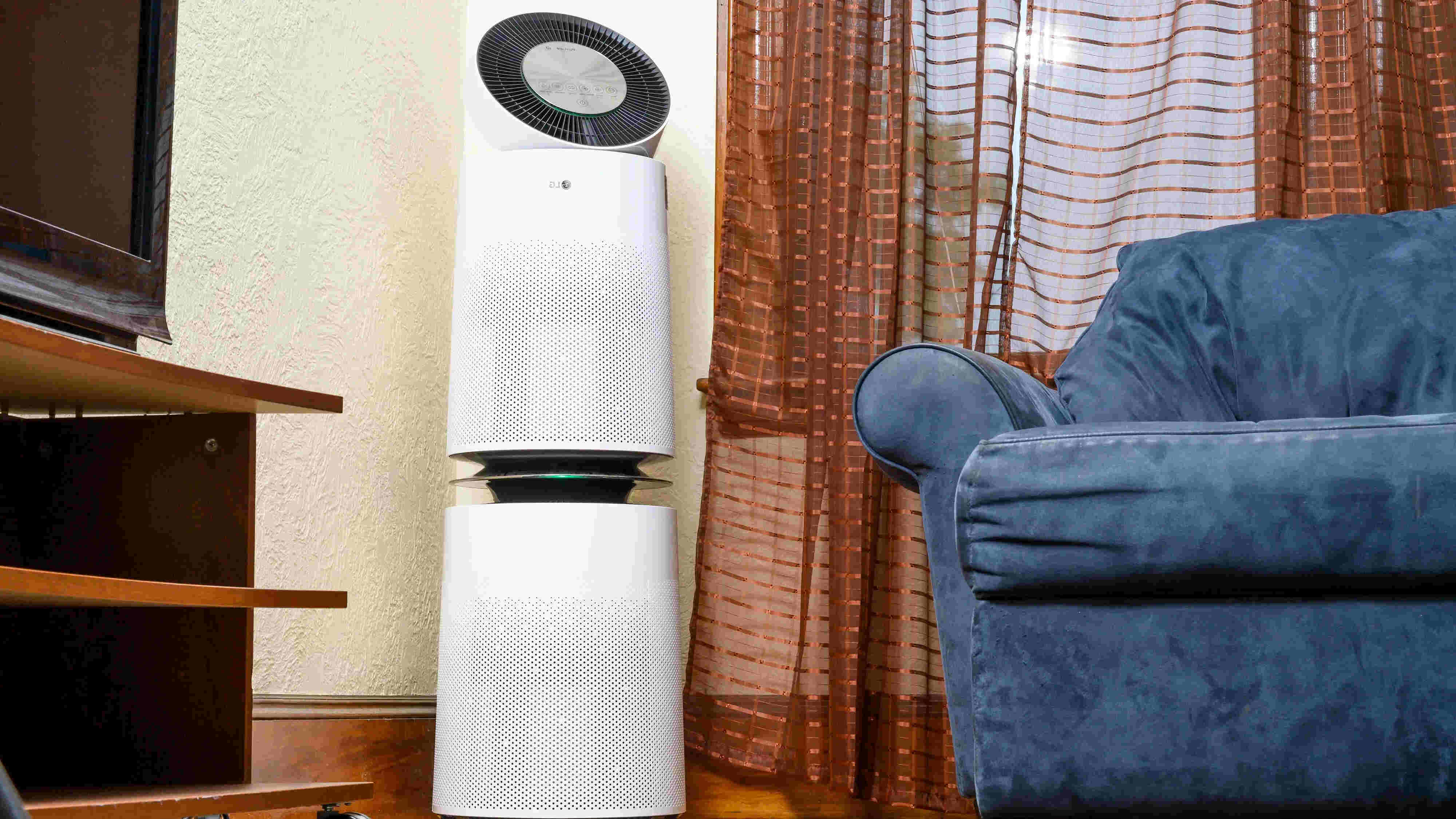
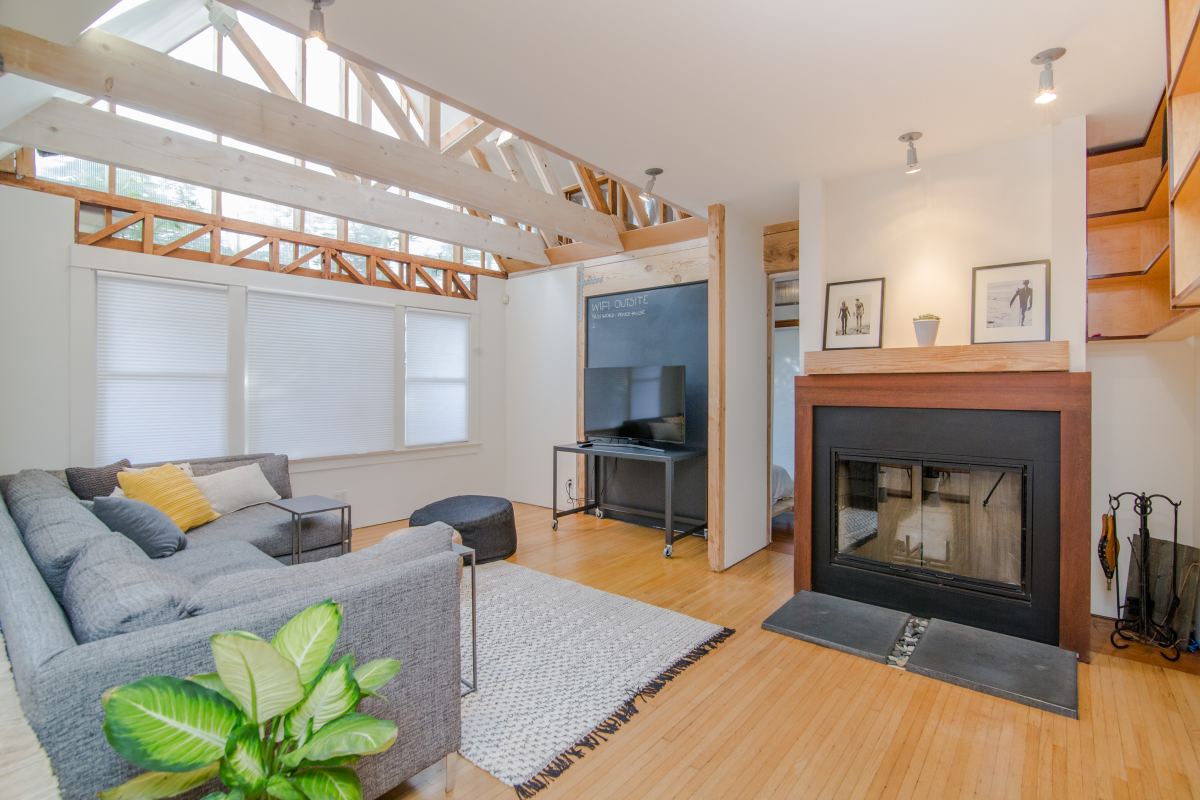


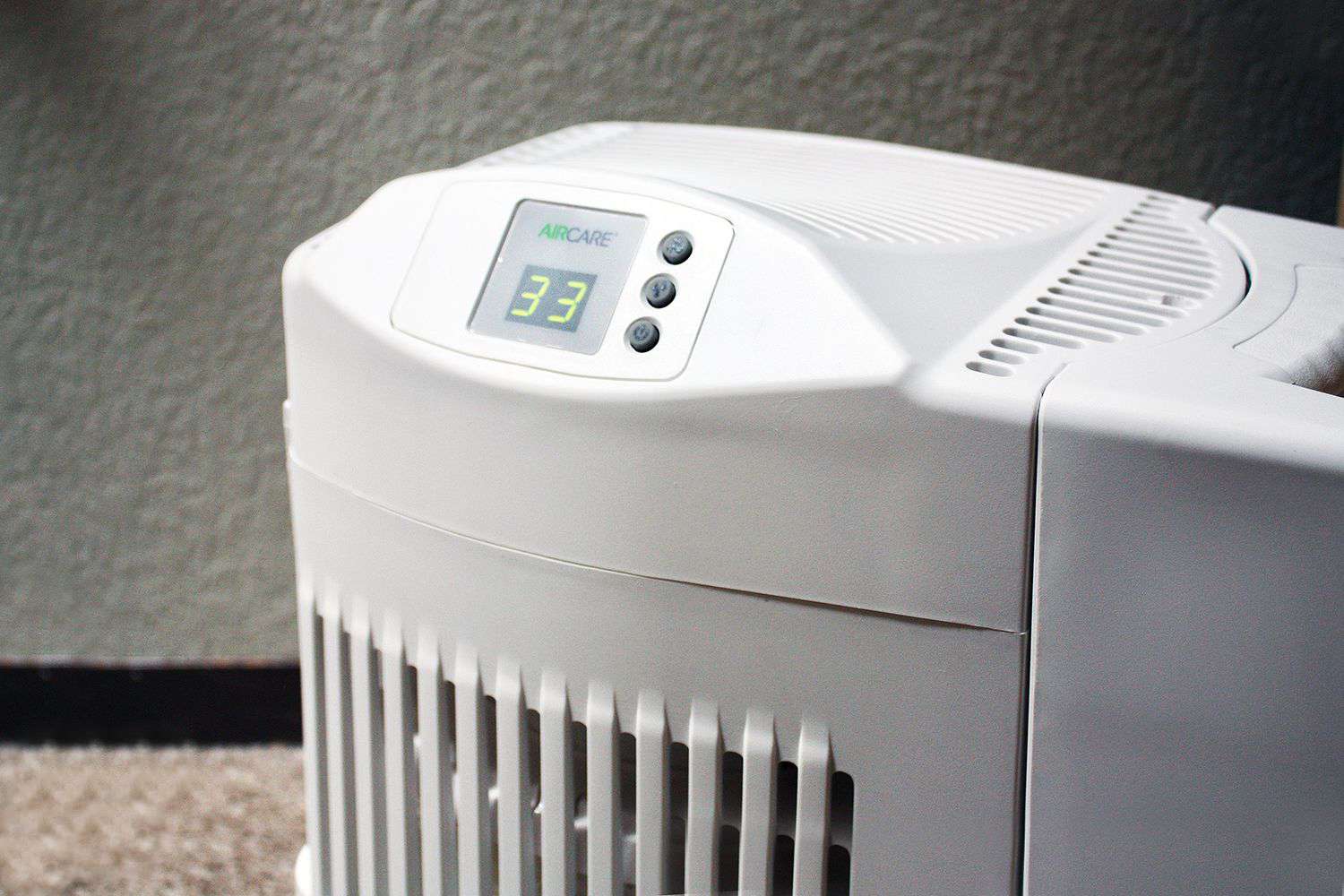

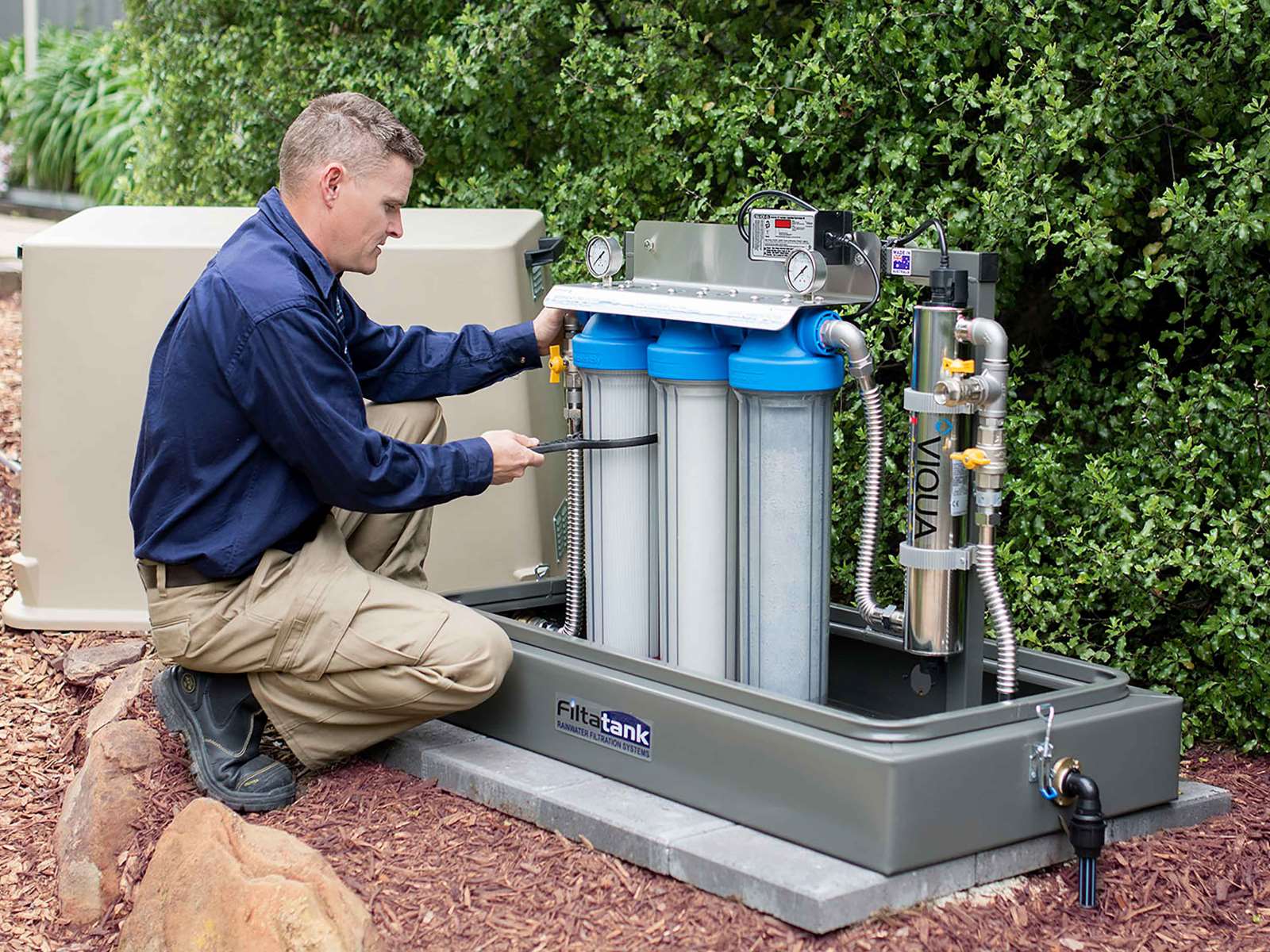
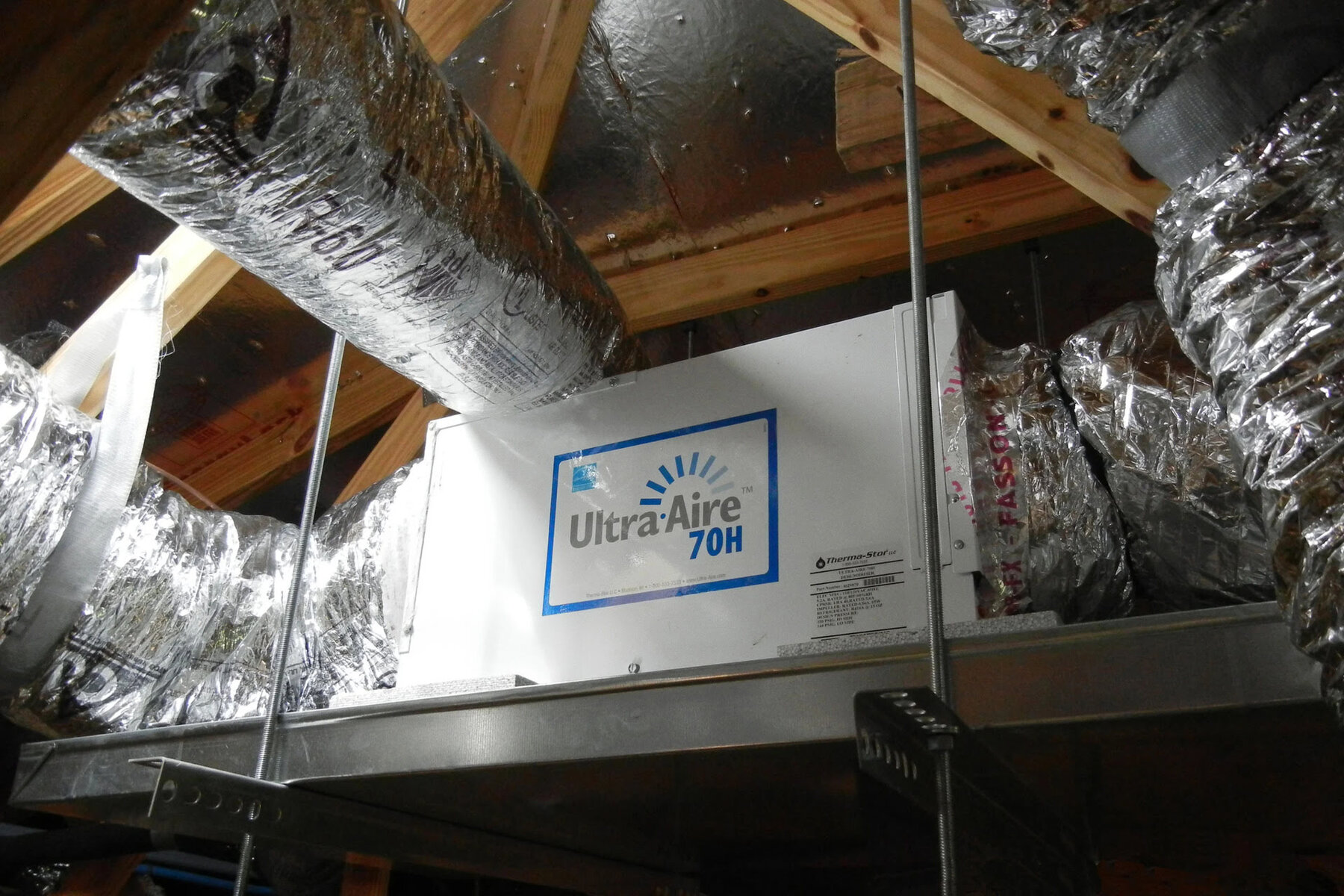

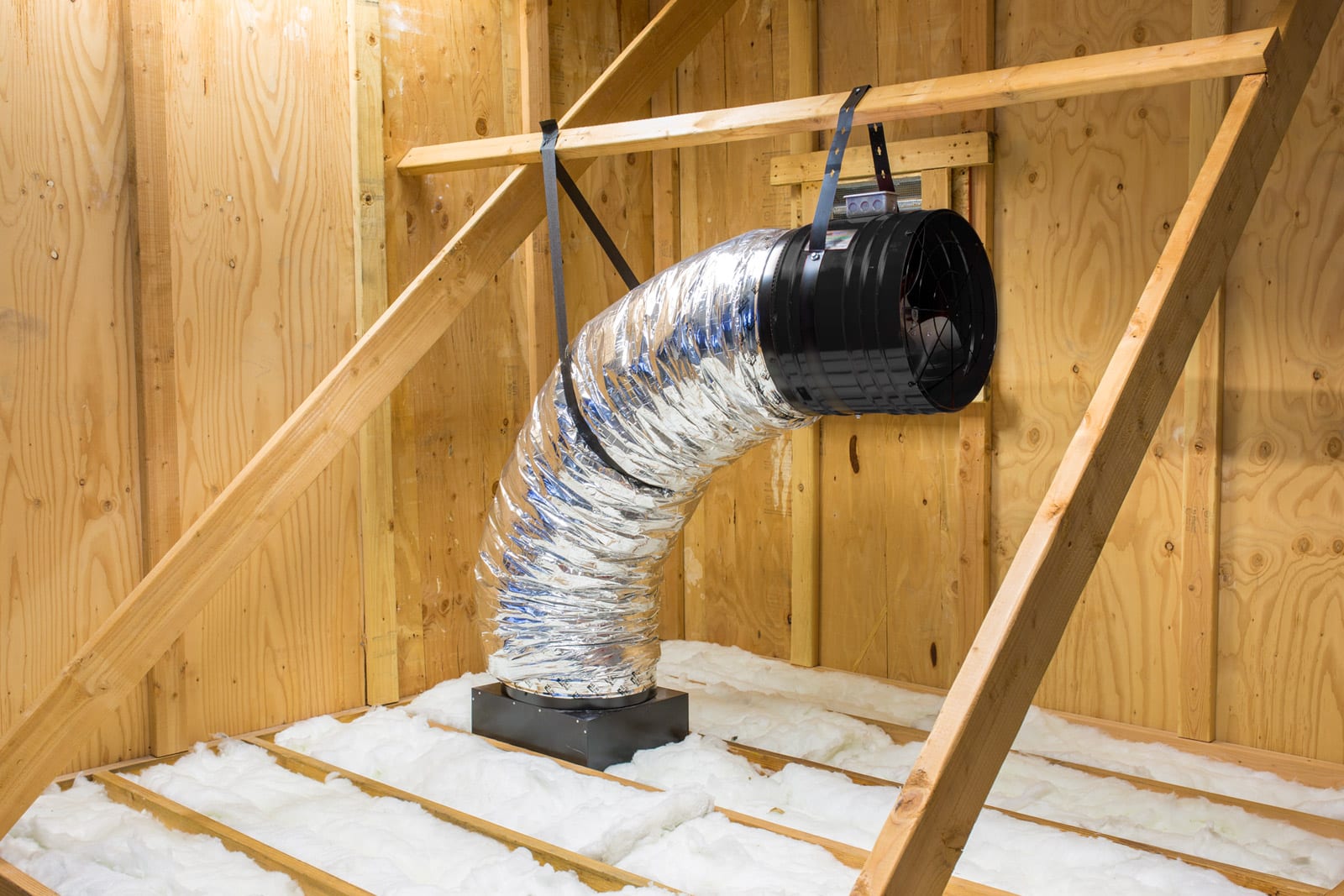
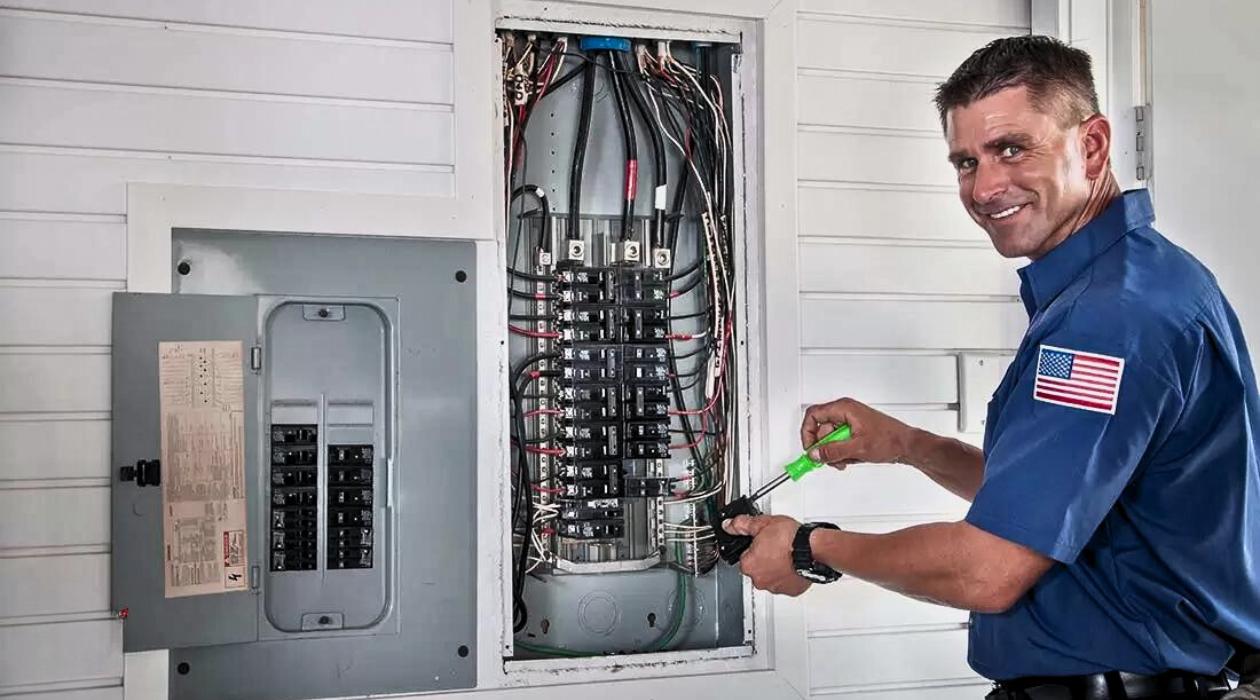
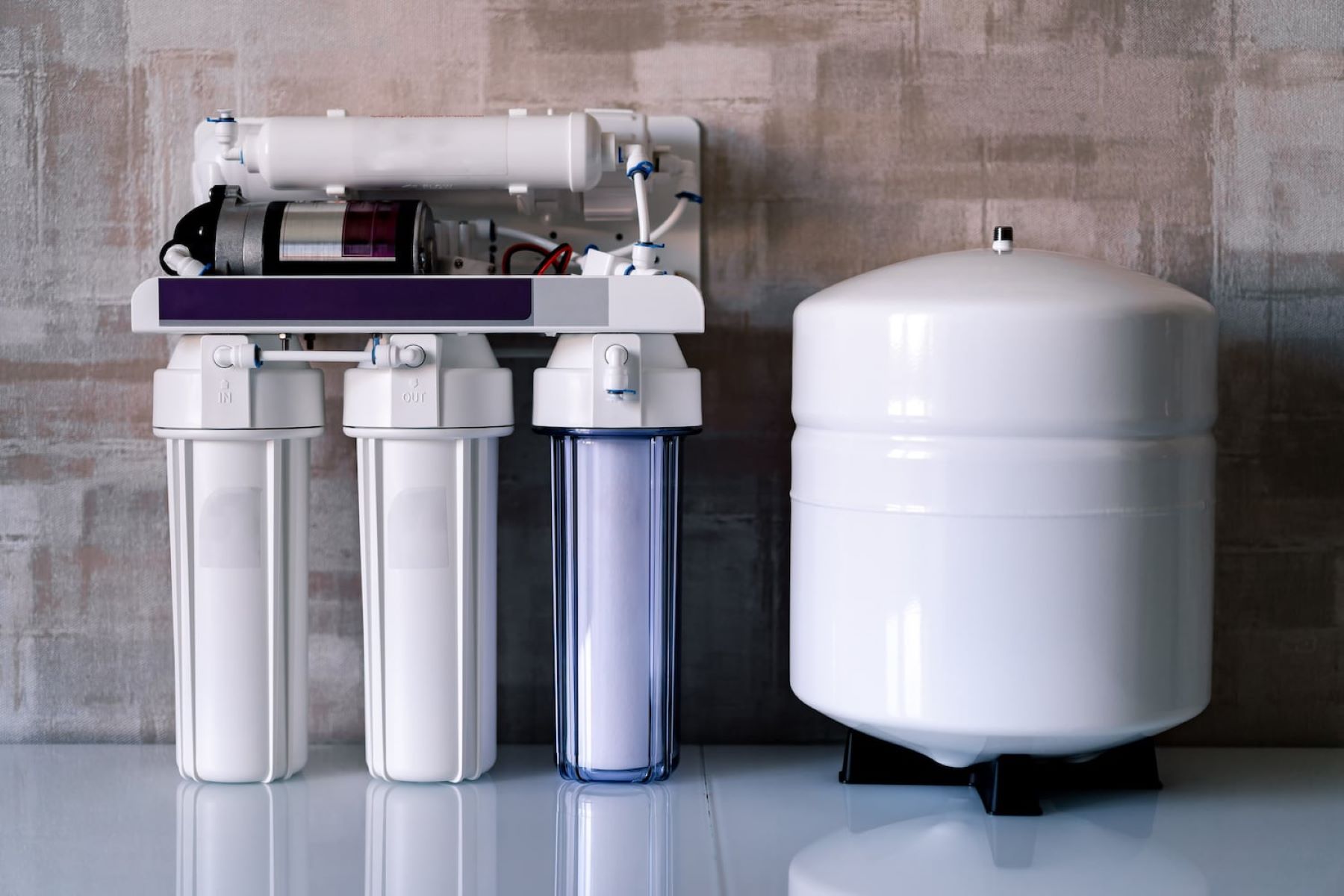

0 thoughts on “Secret Passages Of Whole-House Ventilation”